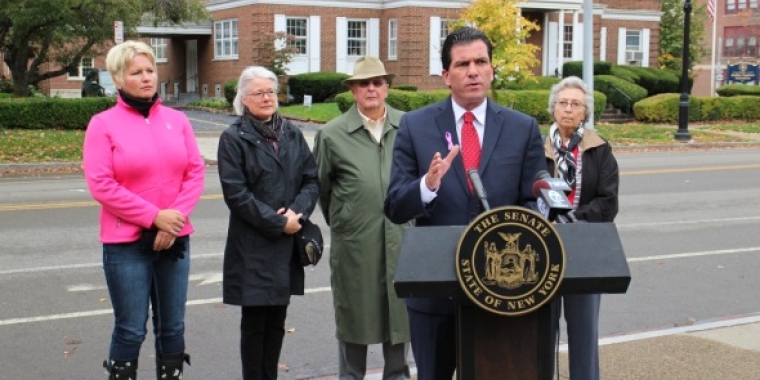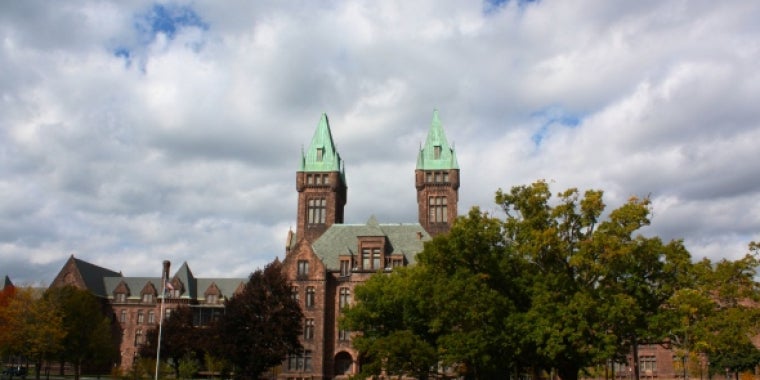With billions of gallons of untreated sewage released in New York’s waters each year, including a recent accident where over 200 million gallons of raw sewage entered the Hudson River, the New York State Senate Environmental Conservation Committee held a major hearing on the issue.
The hearing, organized by Senators Adriano Espaillat and Mark Grisanti, focused on preventing untreated sewage from entering our waterways and establishing strong notification systems to protect the public.
The hearing took testimony from various experts and activists, including New York City Dept. of Environmental Protection Commissioner Carter Strickland and New York State Department of Environmental Conservation Regional Administrator Venetia Lannon.
“This hearing is an important first step towards preserving New York’s water quality and reforming practices that have resulted in billions of gallons of untreated sewage being released into our waters,” said Senator Adriano Espaillat. “We must protect the public’s health by stopping the release of untreated sewage into our waterways and establish strong notification systems that prevent New Yorkers from coming into contact with dangerous pollutants.”
Senator Mark Grisanti said: “We have made tremendous strides in improving the water quality in New York State over the last three decades, particularly in the Hudson River. We held this hearing because we realize our work is not done. We must continue to seek new ways to reduce sewage discharges into the Hudson River and its tributaries and improve public notification procedures when discharges occur. I am confident that today’s hearing moved us closer to this goal. As chairman of the Environmental Conservation Committee I am committed to protecting our state’s clean water supply.”
In response to various instances where New Yorkers have come into contact with polluted water without being adequately warned, there is a move underway to establish stronger notification systems. Testimony offered at the hearing will help shape the legislation, which is aimed at reforming the current patchwork approach to notification, and replace it with a system that takes in information from various agencies and localities and presents it in a uniformed way that helps people know the quality of water around them.
“We need a 21st Century notification system that utilizes all of the technology at our disposal and informs New Yorkers about the quality of our waterways on an ongoing basis,” said Tracy Brown, who represents the water quality program at Riverkeeper, an environmental watchdog group. “We look forward to working with Senators Espaillat and Grisanti to help pass legislation that preserves our environment and protects the public’s health.”


